Home>Interior Design>15 Wall Paneling Ideas That Add Amazing Character To Any Room
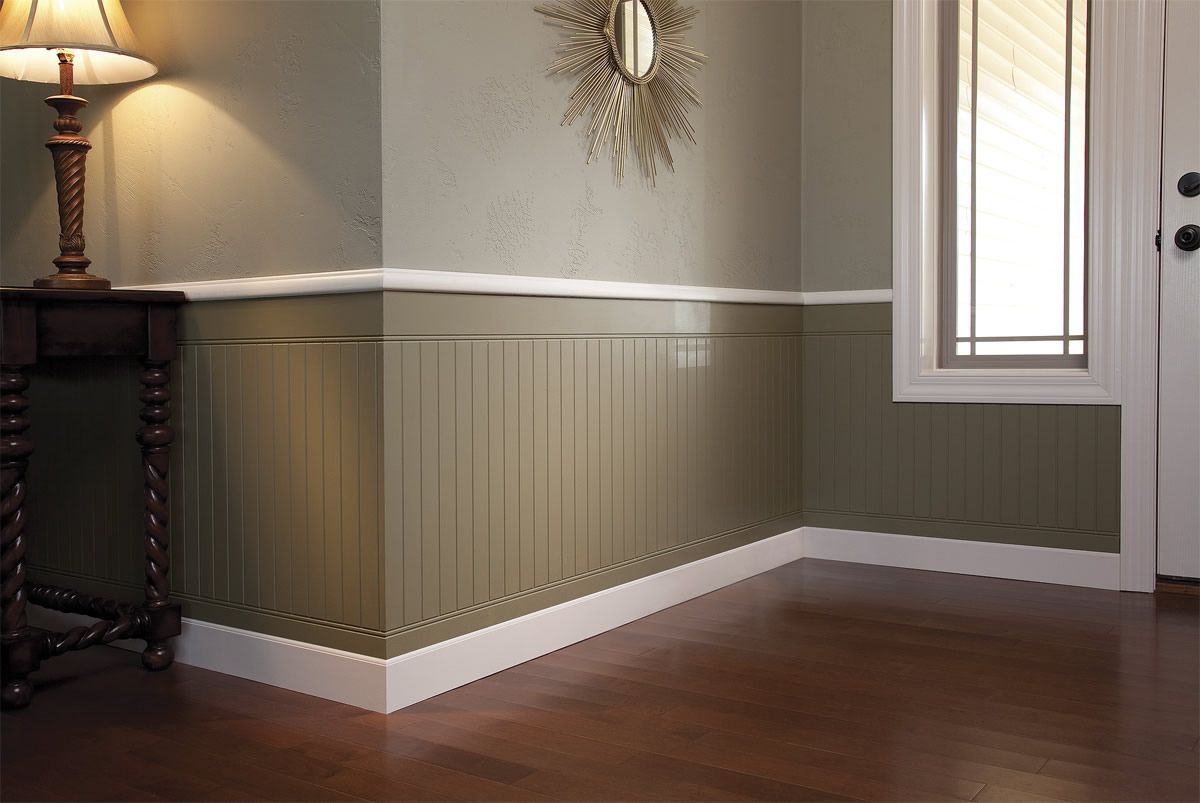

Interior Design
15 Wall Paneling Ideas That Add Amazing Character To Any Room
Modified: February 22, 2024
Discover 15 exceptional wall paneling ideas that effortlessly enhance the charm of any room. Transform your interior with these inspiring interior design concepts!
(Many of the links in this article redirect to a specific reviewed product. Your purchase of these products through affiliate links helps to generate commission for Storables.com, at no extra cost. Learn more)
Introduction
Wall paneling is a fantastic way to add character, texture, and style to any room in your home. Whether you’re looking for a rustic, traditional, modern, or eclectic look, there are countless options available to bring your vision to life. From classic materials like wood and brick to innovative options like fabric and glass, wall paneling can transform a plain wall into a standout feature.
Not only does wall paneling enhance the visual appeal of a space, but it also offers practical benefits. It can help to insulate a room, hide imperfections on the walls, and protect them from wear and tear. Additionally, wall paneling can serve as a focal point, creating a stunning backdrop for furniture, artwork, or accents.
In this article, we will explore 15 wall paneling ideas that will add amazing character to any room. Whether you’re redecorating your bedroom, living room, kitchen, or even your bathroom, these creative and versatile options will inspire you to elevate your interior design game.
Key Takeaways:
- Elevate your interior design game with 15 wall paneling ideas, from rustic shiplap to luxurious leather. Each option adds character, style, and practical benefits to transform any room in your home.
- Embrace the creativity and versatility of wall paneling to create a visually stunning and inspiring environment in your home. From timeless and traditional choices to innovative materials, there’s a wall paneling option to match your style and meet your needs.
Shiplap Paneling
Shiplap paneling has gained immense popularity in recent years, thanks to its charming and rustic appeal. Originally used in coastal homes, shiplap is now a sought-after design trend in various styles of interiors. This type of paneling consists of long, horizontally installed boards with a distinctive groove between them.
Shiplap paneling gives a fresh and timeless look to any room. It works especially well in farmhouse-style spaces, adding a touch of warmth and character. The clean lines and subtle texture of shiplap create a cozy atmosphere that can be easily paired with both traditional and modern decor.
One of the advantages of shiplap paneling is its versatility. It can be installed on an entire wall or used as an accent, such as on a fireplace surround or a kitchen backsplash. You can choose to paint it in a classic white for a traditional look or experiment with bold colors for a more contemporary feel.
Another appealing aspect of shiplap is its ease of installation. The boards are usually tongue and groove, making them simple to fit together. Whether you’re a DIY enthusiast or hiring a professional, shiplap paneling can be a relatively quick and straightforward project.
In terms of maintenance, shiplap is quite durable and easy to clean. A regular dusting or wipe down with a damp cloth should keep it looking fresh and beautiful for years to come. However, keep in mind that wood is susceptible to changes in humidity, so it’s essential to acclimate the shiplap panels to the room’s environment before installation.
Shiplap paneling can be used in various rooms, including living rooms, bedrooms, dining areas, and even bathrooms. Its versatility and timeless aesthetic make it a fantastic choice for any interior design style.
Beadboard Paneling
Beadboard paneling is a classic and charming option that brings a touch of traditional elegance to any room. It consists of narrow vertical planks with a distinctive groove or “bead” running along the length of each board. Originally used in Victorian and cottage-style homes, beadboard paneling is now popular in a wide range of interior design styles.
This type of paneling is known for its versatility and ability to add architectural interest to walls. It can be installed as full wall coverings or used as wainscoting, typically covering the lower portion of the wall. Beadboard wainscoting is particularly popular in bathrooms and kitchens, where it adds visual appeal and protects the walls from moisture.
Beadboard paneling is available in different materials, including wood, PVC, and MDF (medium-density fiberboard). Wooden beadboard exudes warmth and character, while PVC and MDF options offer durability and moisture resistance, making them ideal for humid environments.
One of the benefits of beadboard paneling is its ability to make a room feel more spacious. The vertical lines create an illusion of height, making ceilings appear higher and rooms larger. This makes beadboard a great choice for smaller spaces or rooms with low ceilings.
Another advantage of beadboard is its ease of installation. It can be installed directly on existing walls or on plywood or drywall. Beadboard paneling can be nailed, glued, or even installed using a tongue and groove system, depending on the material chosen. This makes it a suitable option for DIY projects or professional installations.
In terms of design, beadboard can be painted in any desired color to match the overall decor scheme. Classic white is a popular choice, as it exudes a clean and timeless look. However, beadboard can also be left unpainted to showcase its natural wood grain or stained for a more rustic feel.
Beadboard paneling is versatile and can be used in various rooms, including entryways, bathrooms, bedrooms, and dining rooms. It adds a touch of elegance and texture to the walls, making it a popular choice for homeowners seeking a traditional yet stylish aesthetic.
Reclaimed Wood Paneling
Reclaimed wood paneling is a sustainable and unique choice that adds a rustic and eco-friendly touch to any space. It is made from salvaged wood that has been repurposed from old barns, factories, fences, or other structures. This type of paneling not only brings natural beauty and character to a room but also carries a sense of history and authenticity.
One of the remarkable features of reclaimed wood paneling is its rich texture and weathered appearance. The natural variations in color, grain patterns, and imperfections give each plank a unique and distinct look. From weathered gray and worn-out white to warm brown and deep red tones, reclaimed wood adds depth and visual interest to walls.
Reclaimed wood paneling can be used in various design styles, including rustic, farmhouse, industrial, and even modern interiors. It creates a cozy and inviting atmosphere, bringing a sense of warmth and timelessness to a room. Whether installed on an entire wall or as an accent, reclaimed wood instantly adds character and a nostalgic charm.
In addition to its aesthetic appeal, reclaimed wood paneling is an environmentally friendly choice. By repurposing old wood, you are not only reducing waste but also preserving natural resources. Reclaimed wood is often sought after for its durability and strength, making it a long-lasting and sustainable option for interior design.
Installing reclaimed wood paneling requires careful consideration and preparation. Before installation, the wood may need to be treated and cleaned to remove any dirt or debris. It is also crucial to ensure that the reclaimed wood has been properly dried and treated to prevent any potential issues, such as warping or insect infestation.
Reclaimed wood paneling can be left unfinished to highlight its natural beauty, or it can be stained or sealed to protect and enhance its appearance. The choice of finish will depend on the desired style and the level of protection required.
Whether used in living rooms, bedrooms, offices, or restaurants, reclaimed wood paneling adds a unique and environmentally conscious statement to any interior. Embrace the beauty of history and sustainability by incorporating this one-of-a-kind material into your design scheme.
Brick Paneling
Brick paneling is a fantastic way to introduce the timeless and rustic charm of exposed brick walls without the hassle and expense of actual brickwork. This type of paneling is made to resemble real bricks and provides a realistic and textured look to any room.
Brick paneling offers a versatile design option that works well in both traditional and contemporary spaces. It adds a sense of authenticity and architectural interest, evoking a cozy and inviting atmosphere. Whether used as a full wall covering or as an accent, brick paneling instantly transforms a plain wall into a visually captivating feature.
One of the advantages of brick paneling is its lightweight nature, making it easier to install compared to actual bricks. The panels are typically made from materials like high-density polyurethane (HDP), fiberglass, or foam composite, providing a realistic texture while reducing the weight and cost.
Another benefit of brick paneling is the ease of maintenance. Unlike real bricks, brick panels do not require repointing or constant cleaning. They can be easily wiped down or dusted to keep them looking fresh and vibrant. Additionally, brick panels are not prone to cracking or fading over time, ensuring long-lasting beauty.
Brick paneling offers a range of design options. It is available in various colors, textures, and finishes, allowing you to choose the perfect style for your space. Whether you prefer a traditional red brick, a whitewashed effect, or a distressed industrial look, there is a brick paneling option to suit your aesthetic preferences.
Brick paneling is a versatile choice that can be used in different areas of your home, including living rooms, kitchens, dining rooms, and even bathrooms. Its ability to create a focal point or to add a touch of texture makes it an excellent option for accent walls, fireplace surrounds, or kitchen backsplashes.
When installing brick paneling, it is essential to follow the manufacturer’s instructions and ensure proper adhesion to the walls. Properly sealing the panels may also be necessary to enhance durability and protect against moisture.
So, if you’re seeking to bring the timeless beauty and character of exposed brick walls to your space, consider the convenience and versatility of brick paneling for a stunning and cost-effective solution.
Wainscoting Paneling
Wainscoting paneling is a classic and sophisticated choice that adds elegance and architectural interest to any room. It involves applying wooden panels to the lower portion of the walls, typically covering the area from the floor up to chair rail height. Wainscoting can create a sense of refinement and provide a stylish backdrop for furniture and decor.
One of the main advantages of wainscoting paneling is its ability to protect walls from damage, such as scratches, dents, or scuff marks. This is particularly beneficial in high-traffic areas like hallways, dining rooms, and entryways. The paneling acts as a shield, ensuring durability and longevity for your walls.
Wainscoting paneling offers a variety of design options to suit different interior styles. You can choose between different types of panels, including raised, flat, or recessed panels, depending on the desired look and level of texture. Additionally, wainscoting can be customized with decorative trims, moldings, or even painted in different colors to complement the overall decor theme.
Not only does wainscoting paneling enhance the visual appeal of a space, but it also provides a sense of scale and proportion. By dividing the wall vertically, it can make rooms appear taller or create a cozy and intimate atmosphere in larger spaces. This design element is particularly useful when trying to achieve a specific aesthetic or balance within a room.
The installation of wainscoting paneling requires careful measurement and planning. The panels are typically cut to size and attached to the wall with nails, adhesive, or even tongue and groove systems. It is important to ensure the panels are level and securely fastened to achieve a polished and professional finish.
Wainscoting paneling is not limited to traditional or formal spaces; it can be incorporated into various design styles, from classic to modern. It adds a touch of sophistication and refinement, making it a popular choice for homeowners who desire an elegant and timeless aesthetic.
Whether you choose to have wainscoting paneling throughout a room or opt for a more subtle approach by using it as an accent, this classic element will elevate the overall look and feel of your space. Consider wainscoting paneling as a beautiful and practical option when looking to add architectural interest to your walls.
Textured Paneling
Textured paneling is a versatile and visually appealing option that adds depth and dimension to any room. It offers a wide range of patterns, textures, and finishes, allowing you to create a unique and captivating focal point on your walls.
One of the advantages of textured paneling is its ability to transform a flat and monotonous wall into a dynamic and visually interesting surface. Whether you prefer subtle textures or more dramatic patterns, textured paneling can add character and personality to your space.
Textured paneling comes in various materials, including wood, gypsum, PVC, or even fabric. Wood paneling adds a natural and rustic feel, while gypsum and PVC options provide a more contemporary and versatile look. Fabric-covered panels add a soft and textured touch, perfect for creating a cozy and inviting atmosphere.
When choosing textured paneling, consider the style and theme of your space. Opt for patterns and textures that complement the overall aesthetic and enhance the desired ambiance. For example, geometric patterns can add a modern and edgy vibe, while floral motifs can bring a touch of elegance and charm.
Textured paneling can be used in different ways, from covering an entire wall to creating an accent panel. It is especially effective in areas that lack architectural details or in rooms where you want to create a statement. Textured paneling can be employed in living rooms, bedrooms, dining areas, or even as a headboard in a bedroom.
One of the benefits of textured paneling is its ability to conceal imperfections on the wall surface. If you have walls with dents, cracks, or unevenness, textured paneling can provide a seamless and attractive solution. Additionally, textured paneling can help to improve acoustics in a room by reducing echoes and sound reverberation.
Installation of textured paneling will vary depending on the material chosen. Wood paneling may require nailing or adhesive, while gypsum or PVC panels can be installed with specialized clips or brackets. It is essential to follow the manufacturer”s instructions for proper installation.
Whether you prefer a subtle texture or a bold pattern, textured paneling allows you to customize and enhance your walls with unique and captivating designs. Embrace the beauty of texture and transform your space into a visually stunning environment.
Vinyl Paneling
Vinyl paneling is a popular and practical choice for homeowners looking for a durable and low-maintenance option. It offers a wide range of design possibilities, allowing you to achieve various looks and styles while providing a budget-friendly solution for your interior walls.
One of the main advantages of vinyl paneling is its durability. Vinyl is a resilient material that can withstand wear and tear, making it ideal for high-traffic areas or spaces prone to moisture, such as bathrooms or basements. Vinyl paneling is resistant to scratches, stains, and fading, ensuring long-lasting beauty.
Vinyl paneling is available in an extensive array of patterns, colors, and textures, allowing you to create the desired aesthetic for your space. Whether you prefer the look of wood grain, stone, tile, or a smooth finish, there is a vinyl paneling option to suit your design preferences. This versatility makes it easy to achieve the desired atmosphere, whether it be rustic, modern, or traditional.
Another advantage of vinyl paneling is its ease of installation. Most vinyl panels are designed to be lightweight and can be installed directly on the existing walls. They can be easily cut to size using basic tools and can be secured with adhesive, nails, or a tongue and groove system. This makes it a suitable option for both DIY enthusiasts and professional installers.
In addition to its durability and ease of installation, vinyl paneling is also effortless to clean and maintain. It can be easily wiped down with a damp cloth or mild cleaning solution to remove any dirt or stains. Unlike other materials that may require regular refinishing or resealing, vinyl paneling retains its original appearance with minimal effort.
Vinyl paneling is a cost-effective alternative to more expensive wall coverings, such as natural stone or hardwood. It provides the look of these premium materials at a fraction of the cost, making it a budget-friendly option for homeowners who want to achieve a high-end look without breaking the bank.
Whether you’re looking to refresh the walls in a hallway, add a touch of elegance to your living room, or create a stylish and easy-to-maintain bathroom, vinyl paneling offers a versatile and practical solution. Embrace the benefits of vinyl and transform your walls into a visually stunning and durable feature in your home.
Fabric Paneling
Fabric paneling is a unique and luxurious option that brings texture, warmth, and a touch of elegance to any room. It offers a soft and tactile feel, creating a cozy and inviting atmosphere in your space. Whether you prefer a subtle neutral fabric or a bold pattern, fabric paneling allows you to customize your walls and add visual interest to your interior design.
One of the advantages of fabric paneling is its ability to absorb sound and improve acoustics in a room. The fabric acts as a natural sound absorber, reducing echoes and noise reverberation. This makes fabric paneling a great choice for home theaters, bedrooms, or any space where noise reduction is desired.
Fabric paneling offers a wide range of options in terms of material, pattern, and texture. From rich velvet and soft linen to playful prints and intricate designs, there is a fabric paneling choice to suit every style and taste. Whether you want to create a luxurious and sophisticated ambiance or a cozy and relaxed feel, fabric paneling provides the flexibility to achieve your desired look.
Installation of fabric paneling involves attaching the fabric to the wall with adhesive or using a paneling system that allows you to easily change or update the fabric over time. It is important to ensure that the fabric is stretched taut and free from wrinkles for a polished and professional appearance.
One of the benefits of fabric paneling is its versatility in adding texture and visual interest to walls. It can be used as a full wall covering or as an accent panel, depending on the desired effect. Fabric paneling can also be combined with other materials, such as wood or wallpaper, to create a unique and personalized design.
When it comes to maintenance, fabric paneling requires a bit more care compared to other types of paneling. It is essential to follow the manufacturer’s instructions for cleaning and maintenance to ensure the longevity and appearance of the fabric. Vacuuming or gentle spot cleaning is usually recommended to remove dust or stains.
Fabric paneling is a luxurious and stylish choice that adds warmth and personality to any space. Whether used in bedrooms, living rooms, dining rooms, or even home offices, fabric paneling allows you to express your individual style while creating a comfortable and visually captivating environment. Embrace the beauty of fabric and elevate your walls to new levels of elegance.
Consider using different types of wall paneling, such as shiplap, beadboard, or reclaimed wood, to add texture and visual interest to your space. Mixing and matching paneling styles can create a unique and dynamic look.
Plywood Paneling
Plywood paneling is a versatile and cost-effective option that adds a touch of natural beauty and warmth to any room. It is made from thin layers of wood veneer bonded together, creating a durable and sturdy material that can be used for wall coverings.
One of the advantages of plywood paneling is its affordability compared to other types of wood paneling. It provides a similar look to solid wood but at a lower cost, making it budget-friendly for homeowners who want the aesthetic appeal of wood without breaking the bank.
Plywood paneling is available in various grades and finishes, allowing you to choose the desired quality and appearance that suits your style and budget. From smooth and sanded surfaces to rustic or textured finishes, plywood paneling can be customized to achieve the desired look for your space.
Installing plywood paneling is relatively straightforward. It can be attached directly to the wall studs using nails or screws, or it can be adhered using construction adhesive. Proper spacing between panels and securing them tightly is essential to ensure a seamless and professional finish.
Plywood paneling offers versatility in terms of finish options. It can be left natural for a minimalist and contemporary look, or it can be stained or painted to complement your existing decor. The natural grain and texture of the plywood add visual interest and depth to your walls.
Another advantage of plywood paneling is its strength and durability. Compared to other paneling materials, plywood is less prone to warping or bending, making it suitable for high-traffic areas or rooms with fluctuating humidity levels.
Plywood paneling is a popular choice for various applications. It can be used as full wall coverings, or you can opt for partial paneling, such as wainscoting or accent walls, to create focal points. Plywood paneling can be used in living rooms, bedrooms, offices, or even in commercial spaces.
When it comes to maintenance, plywood paneling is relatively easy to care for. Regular dusting or light cleaning with a damp cloth is usually sufficient to keep it looking fresh and well-maintained. Avoid using harsh chemicals or abrasive cleaning agents that could damage the surface.
Whether you’re looking for a budget-friendly option or want to embrace the natural beauty of wood, plywood paneling provides a versatile and attractive solution for your walls. With its durability and customization options, you can create a stunning and inviting space that reflects your personal style.
Mosaic Paneling
Mosaic paneling is a stunning and eye-catching option that adds a unique and artistic touch to any room. It involves the use of small, intricately arranged tiles or pieces of various materials to create a mosaic-like pattern on the wall. Mosaic paneling allows you to embrace your creativity and express your personal style in a visually captivating way.
The beauty of mosaic paneling lies in its endless design possibilities. It can be created using a wide range of materials, including glass, ceramic, stone, metal, or even recycled materials. The combination of colors, patterns, and textures in mosaic paneling creates a captivating visual effect that can serve as a focal point or an accent in a room.
Mosaic paneling can be used in various interior design styles. Whether you prefer a traditional, vintage, modern, or eclectic look, the versatility of mosaic patterns allows you to incorporate them seamlessly into your existing decor. The unique arrangement of tiles adds depth and visual interest, instantly transforming a plain wall into a work of art.
Installing mosaic paneling requires careful planning and precision. Each tile or piece needs to be placed individually, often adhered to a backing material or directly on the wall using adhesive. It can be a time-consuming process, but the end result is well worth the effort. For complex patterns, professional installation may be recommended to ensure a flawless finish.
Mosaic paneling can be used to cover an entire wall, create an accent panel, or even decorate niche areas such as fireplace surrounds or kitchen backsplashes. The placement and arrangement of the mosaic pattern allow for endless creativity and customization to suit your design goals.
In terms of maintenance, mosaic paneling is relatively easy to care for. Regular dusting or gentle wiping with a damp cloth should keep it looking beautiful and vibrant. However, it is important to follow the specific cleaning instructions for the materials used in the mosaic to ensure their longevity and appearance.
Mosaic paneling is a perfect choice for those who want to add a touch of artistry and personality to their walls. It creates an atmosphere of beauty and individuality, making a profound statement in any space. Embrace the remarkable beauty of mosaic paneling and turn your walls into a canvas that reflects your unique style.
Metal Paneling
Metal paneling is a sleek and contemporary option that brings a modern and industrial edge to any room. It offers a unique and eye-catching alternative to traditional wall coverings, making a bold statement with its reflective surfaces and metallic finishes.
One of the key advantages of metal paneling is its durability. Whether you choose aluminum, stainless steel, or copper, metal panels are resistant to scratches, dents, and damage, making them perfect for high-traffic areas or spaces that require extra protection.
Metal paneling is available in a variety of finishes, including polished, brushed, or textured. These finishes contribute to the overall aesthetic and can enhance the desired atmosphere of your space. For a sleek and polished look, opt for reflective finishes. If you prefer a more muted and industrial feel, explore textured or weathered metal panel options.
The versatility of metal paneling allows it to be used in various design styles. It can create a futuristic and contemporary vibe or add an industrial touch to a rustic or eclectic space. Metal panels can be used as full wall coverings, accent walls, or even as decorative elements, such as metal backsplashes or decorative features.
Installation of metal paneling requires careful consideration and preparation. Metal panels can be attached directly to the wall using screws or adhesives, or they can be mounted on a substrate or framing system. It is essential to ensure proper alignment and secure fastening to achieve a professional and seamless finish.
When it comes to maintenance, metal paneling is relatively easy to care for. Regular dusting or wiping with a soft cloth should remove any dirt or smudges. It is important to avoid using abrasive cleaners or rough materials that could scratch the surface of the metal.
Metal paneling not only adds visual interest and a modern aesthetic but also offers functional benefits. Metal panels can contribute to improved acoustics by reducing sound reverberation. Additionally, metal paneling can enhance energy efficiency by acting as a thermal barrier and preventing heat loss.
Whether you’re looking to create a sleek and minimalist look or an industrial-inspired space, metal paneling provides a striking and architectural element to your walls. Embrace the contemporary beauty of metal and transform your space into a modern masterpiece.
Leather Paneling
Leather paneling is a luxurious and sophisticated option that brings warmth, texture, and a touch of elegance to any room. It offers a unique and opulent way to elevate your interior design and create a refined atmosphere. Whether you choose genuine leather or a high-quality faux leather, leather paneling adds a timeless and luxurious appeal to your walls.
One of the advantages of leather paneling is its soft and tactile feel. Leather exudes a sense of comfort and luxury, creating a warm and inviting ambiance in your space. It adds a natural and organic element to your walls, bringing a rich texture that complements a variety of design styles.
Leather paneling is available in a variety of colors, finishes, and patterns, allowing you to customize the look to match your desired aesthetic. From classic neutrals like black, brown, or cream to bold and vibrant colors, leather paneling offers versatility and flexibility in design choices.
Installing leather paneling requires careful planning and precision. The panels can be applied directly to the wall using adhesive or a specialized paneling system. It is important to ensure that each panel is properly aligned and securely fastened for a seamless and professional finish.
One of the benefits of leather paneling is its durability and longevity. Genuine leather is a durable and resilient material that can handle wear and tear. Faux leather options offer similar aesthetics while being more resistant to scratches and stains. Proper care is essential to maintain the beauty and lifespan of the leather panels, such as regular dusting and occasional cleaning with a leather cleaner.
Leather paneling adds a touch of sophistication and elegance to various spaces in your home. It can be used as a full wall covering, an accent panel, or even as decorative elements such as leather wainscoting or headboards. Whether in living rooms, bedrooms, home offices, or entertainment areas, leather paneling creates a luxurious and inviting atmosphere.
In addition to its aesthetic appeal, leather paneling also offers functional benefits. Leather is a natural insulator, providing thermal and acoustic insulation, which can help improve the overall comfort and energy efficiency of your space. By absorbing sound and minimizing echoes, leather paneling contributes to a quieter and more serene environment.
Embrace the richness and elegance of leather paneling to transform your walls into a stylish and inviting feature in your home. Whether you prefer a classic and timeless look or a contemporary and bold statement, leather paneling will enhance your interior design and create a truly extraordinary space.
Glass Paneling
Glass paneling is a modern and sleek option that adds sophistication, transparency, and a touch of luxury to any room. It offers a unique way to enhance your interior design by introducing a reflective and visually captivating element to your walls.
One of the key benefits of glass paneling is its ability to create a sense of openness and spaciousness. Glass reflects light, making even the smallest of spaces appear larger and brighter. It allows natural light to flow through, illuminating the room and creating an airy and inviting atmosphere.
Glass paneling provides a wide range of design possibilities. Clear glass panels offer a contemporary and minimalist look, allowing the focus to be on the surrounding elements. For a more artistic touch, frosted or textured glass can be used to add privacy and create interesting visual effects.
One of the advantages of glass paneling is its versatility in terms of installation. Glass panels can be mounted directly on the wall using specialized hardware or can be incorporated into a framing system for added structural support. It is important to ensure that the panels are securely fastened and properly sealed for safety and longevity.
Glass paneling is not only visually appealing but also easy to maintain. Glass is a non-porous material, making it resistant to stains and easy to clean. A simple wipe with a glass cleaner or mild soap and water solution is usually sufficient to keep it looking sparkling and transparent.
Glass paneling can be used in various areas of your home, including living rooms, bathrooms, kitchens, or commercial spaces. It adds a touch of elegance and sophistication, creating a focal point or an accent that enhances the overall aesthetic of the room.
In addition to its aesthetic appeal, glass paneling also offers functional benefits. It provides a barrier against noise, helping to minimize sound transmission and create a quieter environment. Furthermore, glass is a durable material that is resistant to scratches and fading, ensuring that your glass panels remain stunning for years to come.
Whether you choose to use glass paneling to create a stunning feature wall, a sleek room divider, or to infuse your space with a sense of modernity, this choice will add a touch of sophistication and elegance to your interior design. Embrace the transparency and beauty of glass paneling to transform your walls into a captivating and visually stunning element in your home.
Cork Paneling
Cork paneling is a unique and eco-friendly option that combines natural beauty, functionality, and sustainability. It offers a warm and inviting look while providing excellent acoustic and thermal insulation properties. Cork panels not only enhance the visual appeal of your walls but also contribute to a more comfortable and energy-efficient environment.
One of the key advantages of cork paneling is its ability to act as a natural sound absorber. The cellular structure of cork helps to effectively reduce noise transmission, making it an excellent choice for spaces where sound control is important, such as home offices, bedrooms, or entertainment rooms. The soft and porous texture of cork helps to minimize echoes and improve overall acoustics.
In addition to its acoustic benefits, cork paneling also offers excellent thermal insulation. The natural properties of cork make it an effective barrier against heat loss or gain, helping to maintain a more consistent temperature within a room. This can contribute to energy savings by reducing the need for excessive heating or cooling.
Cork paneling is a sustainable choice as it is sourced from the bark of cork oak trees. The harvesting process is environmentally friendly as it doesn’t harm the trees, allowing them to regenerate their bark. By choosing cork as your wall paneling material, you are supporting sustainable practices and reducing your ecological footprint.
Visually, cork paneling adds a unique and natural texture to your walls. The warm and earthy tones of cork create a cozy and inviting atmosphere. Cork panels are available in various finishes and patterns, allowing you to customize the look to match your desired aesthetic. Whether you prefer a natural and organic appearance or a stained and textured finish, cork paneling offers versatility in design choices.
Installation of cork paneling is relatively straightforward. The panels can be easily attached to the wall using adhesive or a tongue and groove system, similar to other types of paneling. It is important to follow the manufacturer’s instructions and ensure proper alignment and spacing for a smooth and professional finish.
Cork paneling is low maintenance and easy to care for. Regular dusting or vacuuming with a soft brush attachment will help to keep the panels looking clean and fresh. It is important to avoid excessive moisture exposure or harsh chemicals that could damage the cork surface.
Whether you choose to cover an entire wall with cork paneling or use it as an accent, this natural and sustainable material will add warmth, visual interest, and functional benefits to your space. Embrace the beauty and versatility of cork paneling and create a harmonious and environmentally conscious environment in your home.
Wallpaper Paneling
Wallpaper paneling offers a versatile and affordable option for adding color, pattern, and texture to your walls. It provides an easy and quick way to transform the look and feel of a room, allowing you to express your personal style and create a visually striking environment.
With a wide range of designs, colors, and textures available, wallpaper paneling offers endless possibilities for customization. Whether you prefer a bold and vibrant pattern, a subtle and textured design, or a timeless and traditional motif, there is a wallpaper paneling option to suit every taste and interior style.
Wallpaper paneling is typically sold in rolls and is easy to install. It can be applied directly to the wall using wallpaper paste or adhesive, or you can opt for self-adhesive wallpaper for a hassle-free installation. With proper surface preparation and careful alignment, you can achieve a seamless and professional finish.
One of the benefits of wallpaper paneling is its ability to hide imperfections on the wall surface. If your walls have minor cracks, unevenness, or blemishes, wallpaper can provide a smooth and flawless appearance. It creates a fresh and updated look, instantly revitalizing the entire room.
In addition to its aesthetic appeal, wallpaper paneling also offers practical benefits. It can add insulation and soundproofing to a room, helping to regulate temperature and minimize noise transmission. Some wallpapers are even designed with features like washability or mold resistance, making them suitable for high-traffic areas or humid environments.
Wallpaper paneling provides versatility in its application. You can use it to cover an entire wall or create an accent panel by applying it to a specific area. Wallpaper can be used in various rooms, including living rooms, bedrooms, dining areas, or even bathrooms, offering an opportunity to experiment with different designs and themes.
Maintenance of wallpaper paneling is relatively simple. Regular dusting or vacuuming with a soft brush attachment will help to keep it free from dust and dirt. In case of stains or marks, you can gently wipe the affected area with a damp cloth or sponge, being careful not to rub too hard.
Whether you’re looking to make a bold statement or add subtle sophistication, wallpaper paneling provides an accessible and creative way to enhance your walls. With its vast selection of patterns, colors, and textures, you can personalize your space and create a visually stunning backdrop that reflects your unique style.
Conclusion
Wall paneling is an exciting and versatile way to transform the look and feel of any room in your home. From shiplap to cork, leather to wallpaper, each type of paneling offers its own unique character and style. Whether you’re aiming for a rustic farmhouse look, a modern industrial vibe, or a classic and timeless aesthetic, there is a wall paneling option to suit your taste and complement your interior design.
By incorporating wall paneling into your space, you can add texture, depth, and visual interest to your walls. From the sleek and contemporary appeal of metal and glass paneling to the warm and inviting feel of wood or fabric paneling, each material offers its own distinct charm and ambiance. The right choice of wall paneling can completely transform the atmosphere of a room, creating a focal point or enhancing the overall theme of your space.
Wall paneling not only enhances the aesthetic appeal of your home, but it also offers practical benefits. Some types of paneling, such as cork and fabric, provide excellent acoustic insulation, reducing noise and creating a more peaceful environment. Others, like vinyl and metal paneling, offer durability, low maintenance, and resistance to wear and tear.
When selecting wall paneling, it is important to consider the specific needs and characteristics of each room. Take into account factors such as moisture levels, traffic patterns, and desired design style to make an informed decision. Remember to balance functionality with style to create a seamless and harmonious look.
Installation of wall paneling may require professional help, particularly for more intricate patterns or specialized materials. Proper installation ensures a flawless and durable finish, enhancing the longevity and beauty of your wall paneling.
In conclusion, wall paneling offers an array of options to enhance the aesthetic appeal and functionality of your home. From timeless and traditional choices like shiplap and beadboard to innovative materials like glass and leather, there is a wall paneling option to match your style and meet your needs. Embrace the creativity and versatility of wall paneling and create a captivating and inspiring environment in your home.
Frequently Asked Questions about 15 Wall Paneling Ideas That Add Amazing Character To Any Room
Was this page helpful?
At Storables.com, we guarantee accurate and reliable information. Our content, validated by Expert Board Contributors, is crafted following stringent Editorial Policies. We're committed to providing you with well-researched, expert-backed insights for all your informational needs.
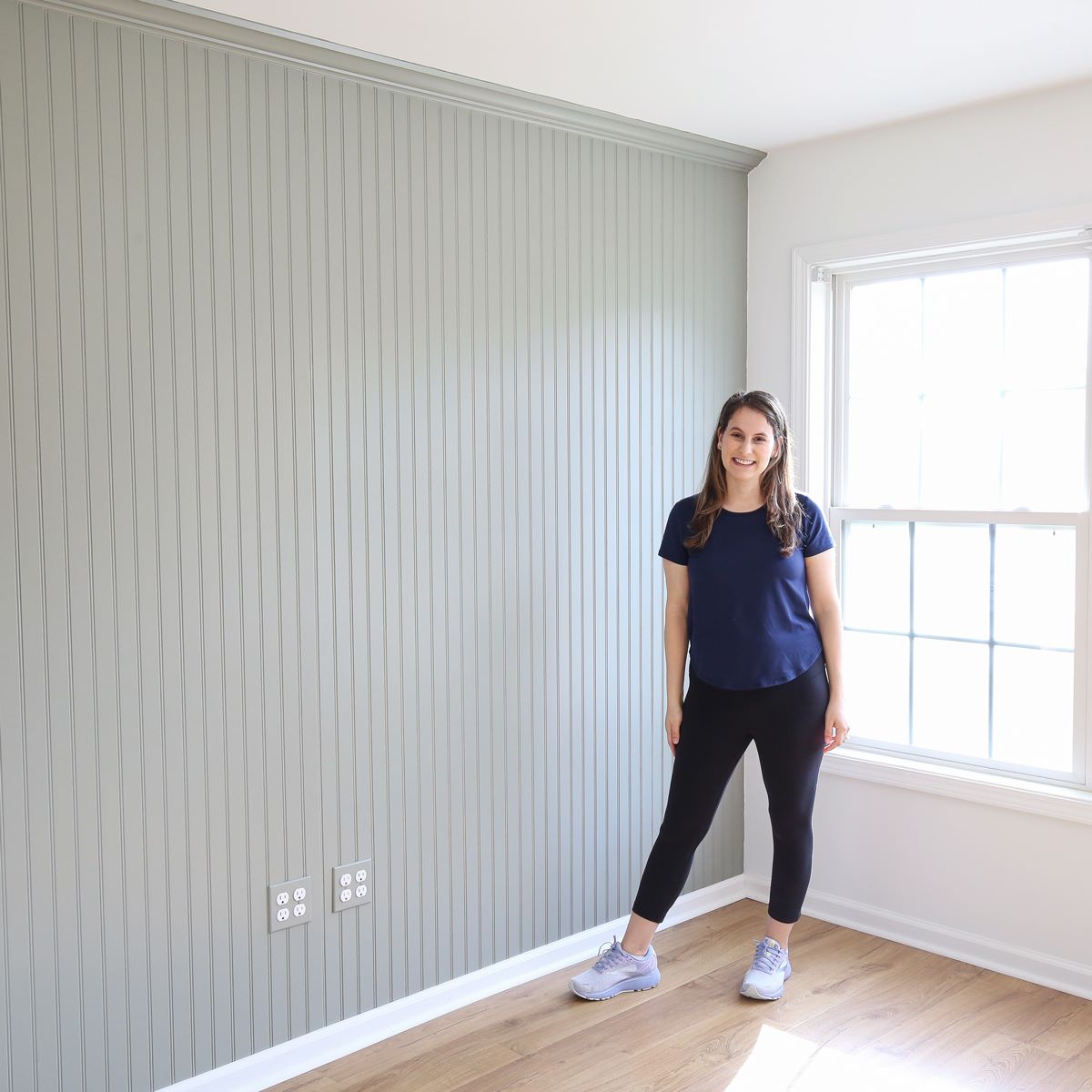
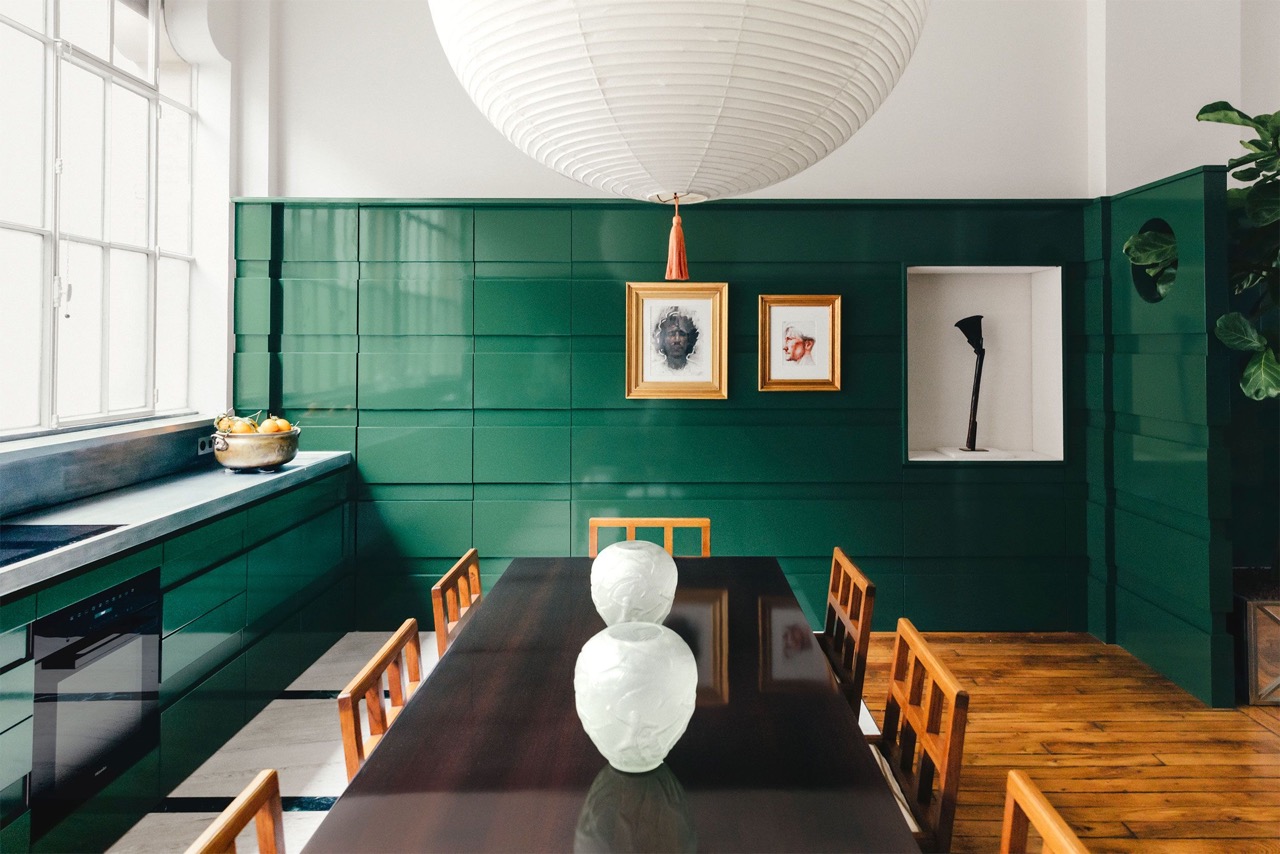
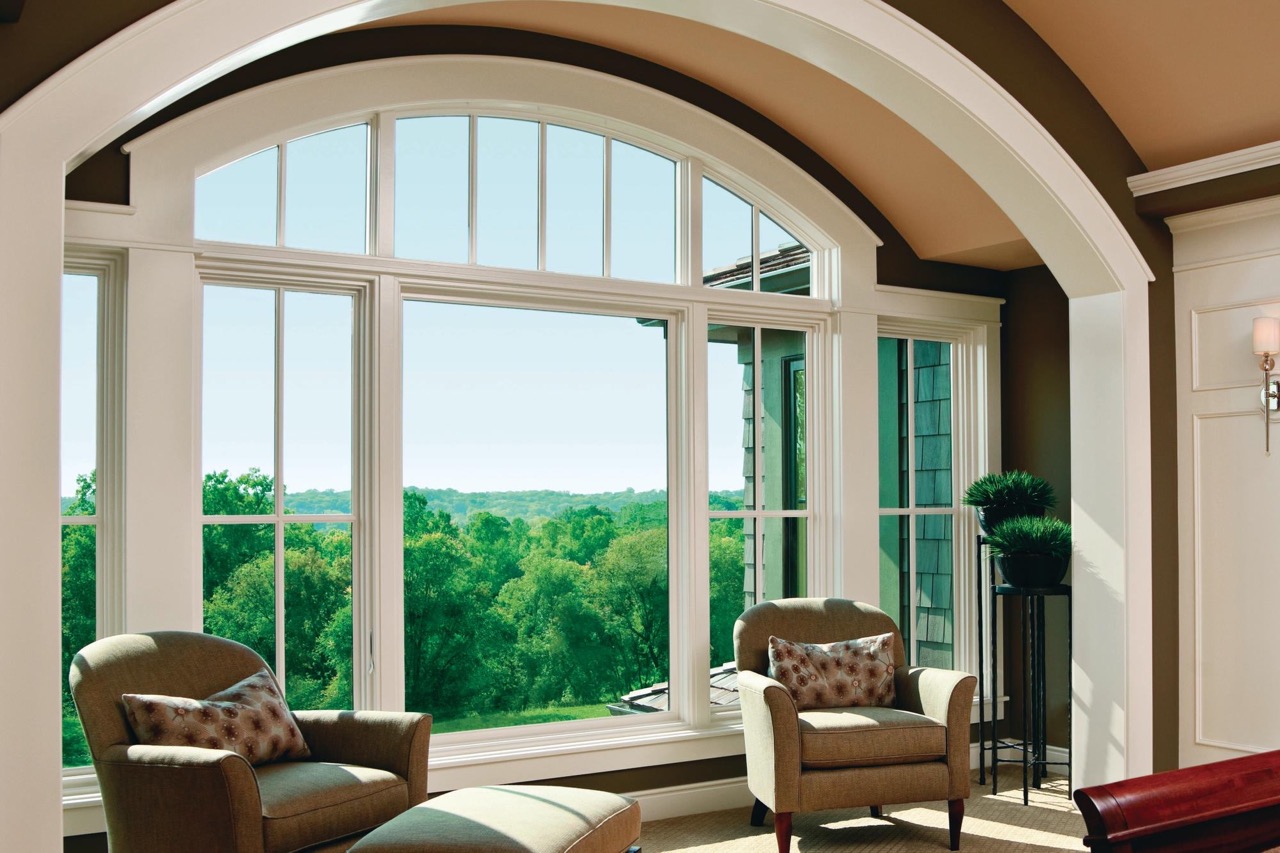
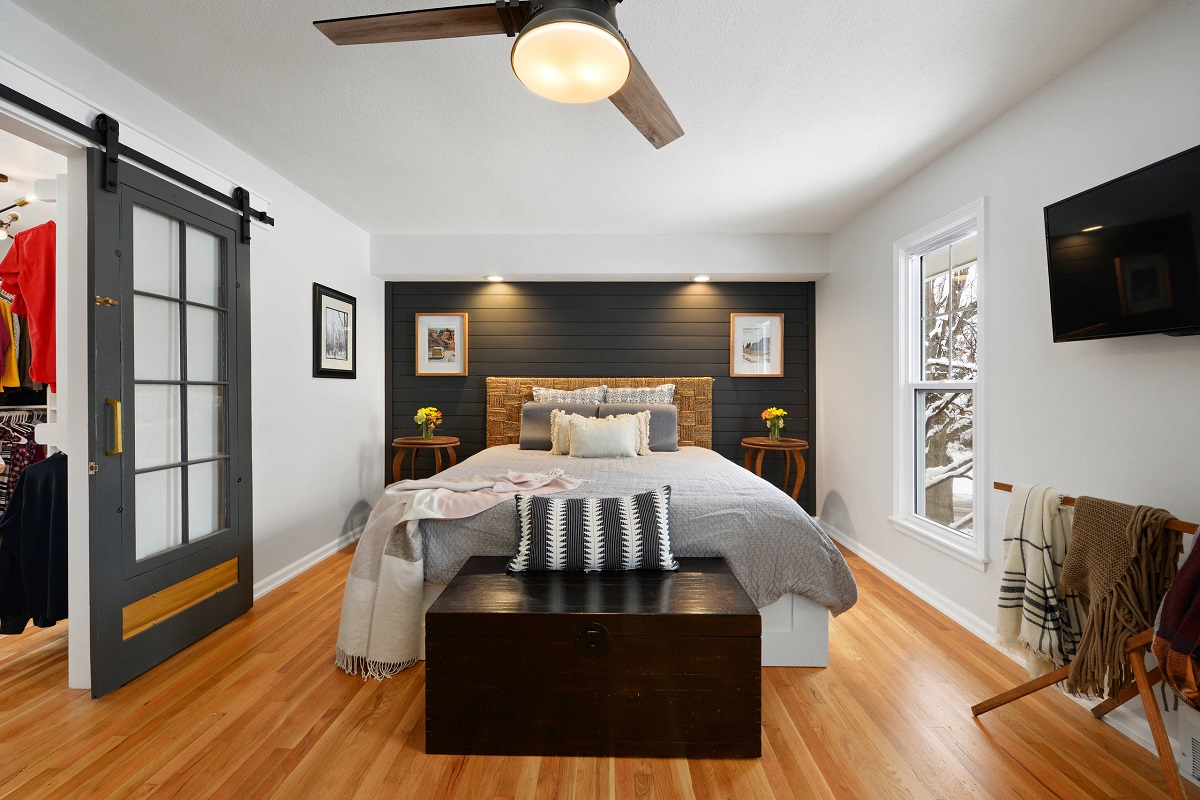
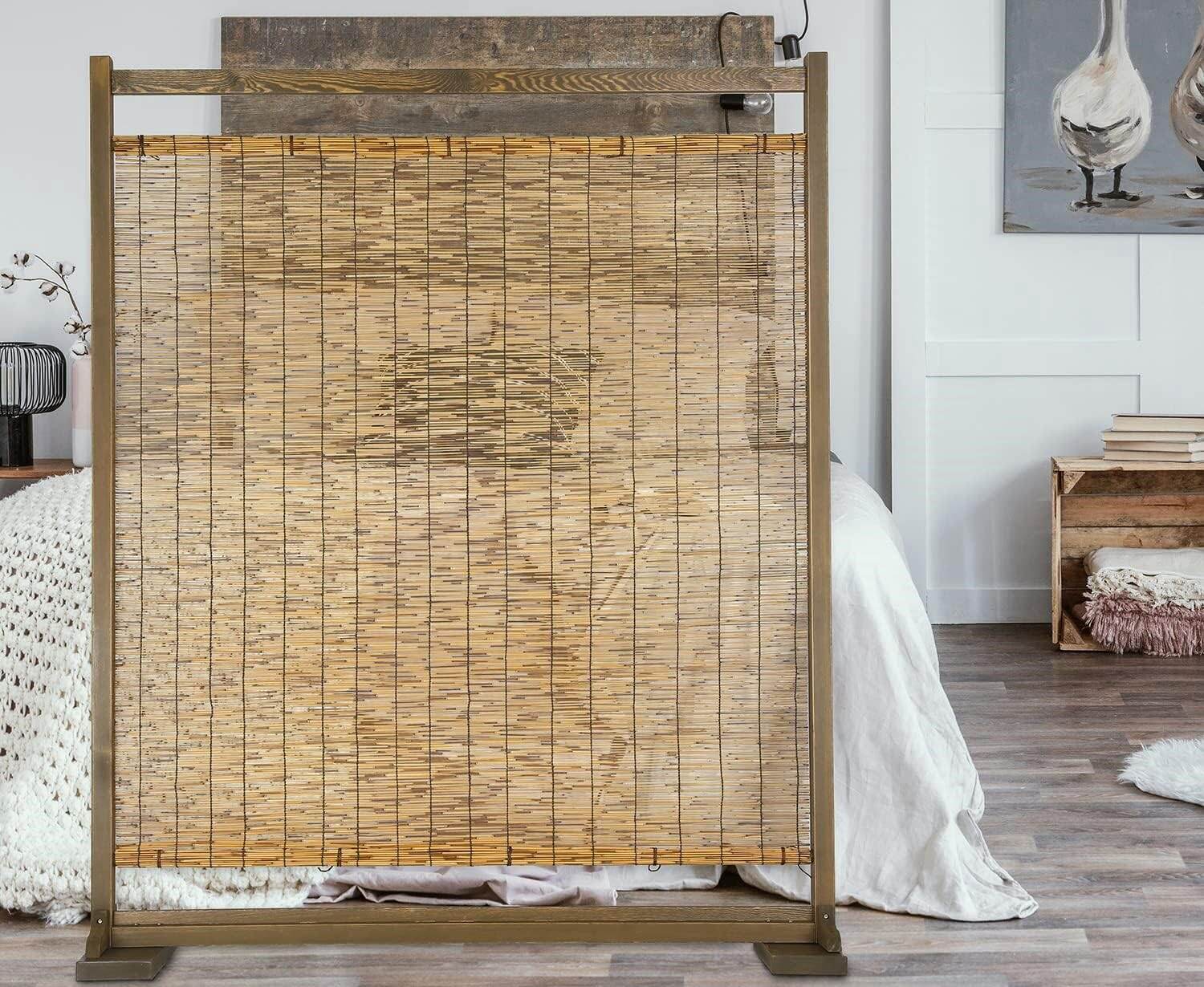
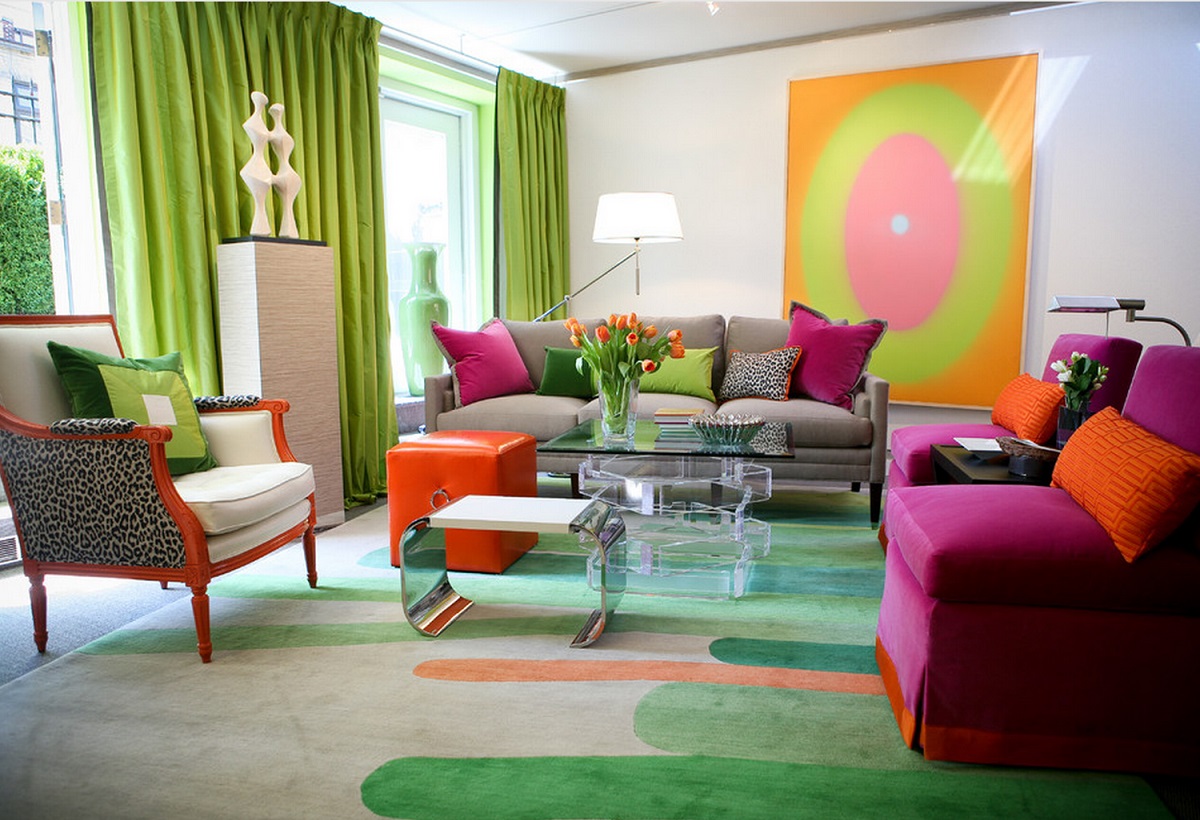
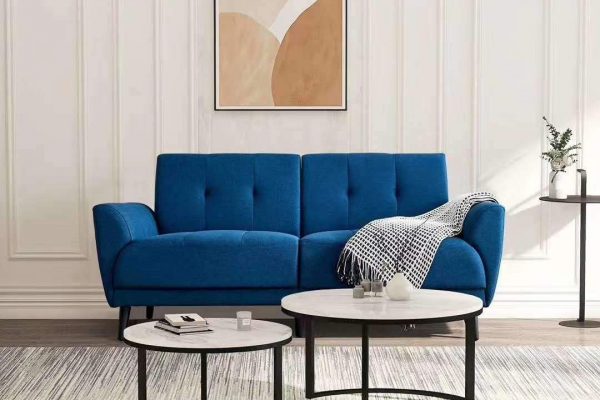
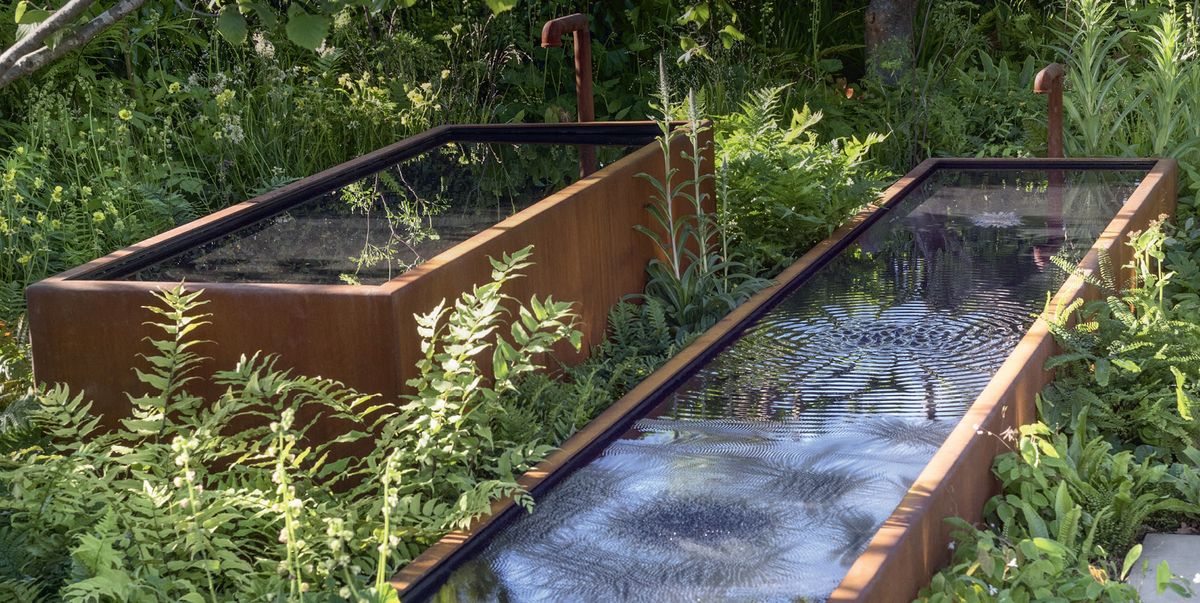
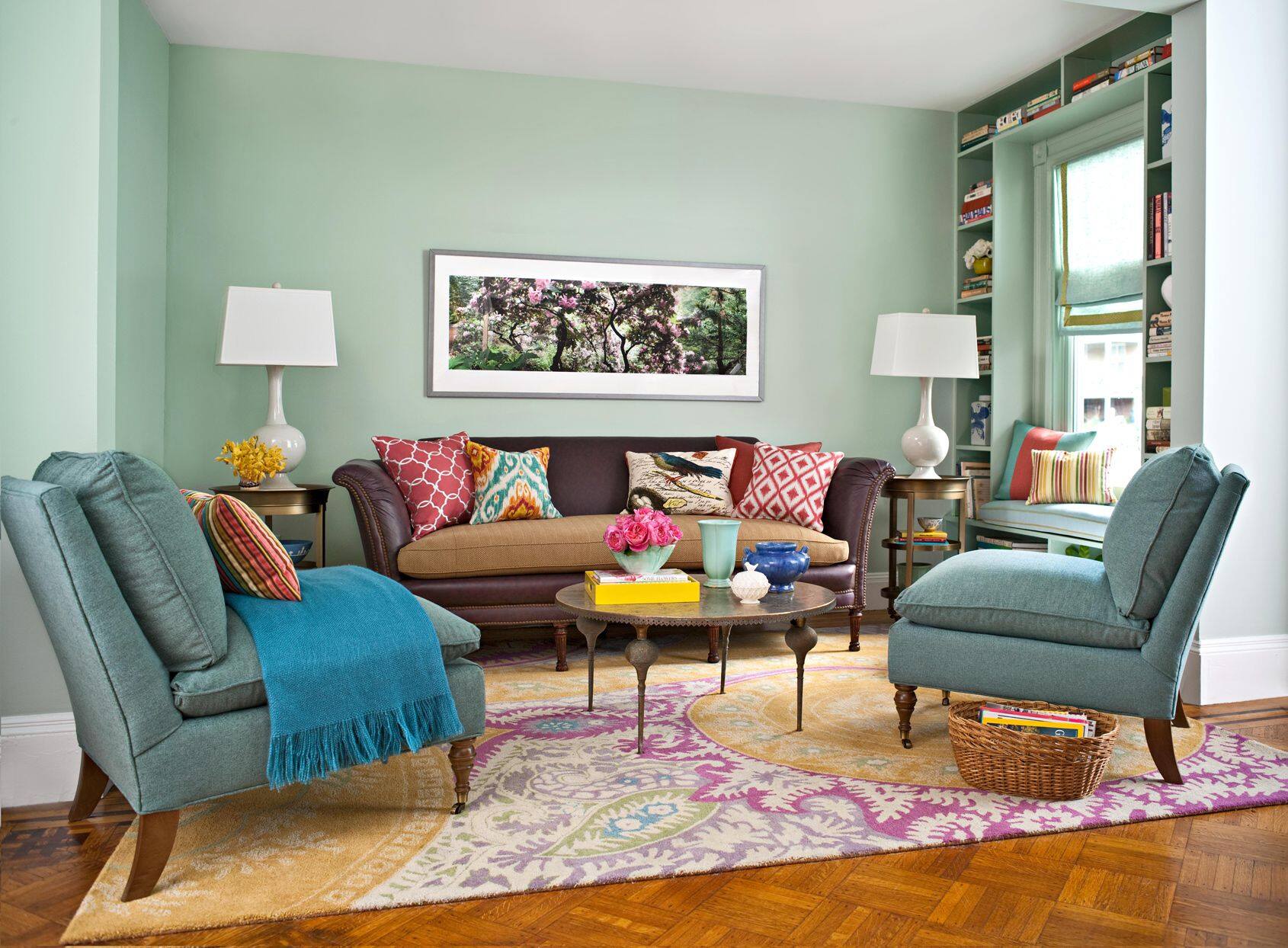
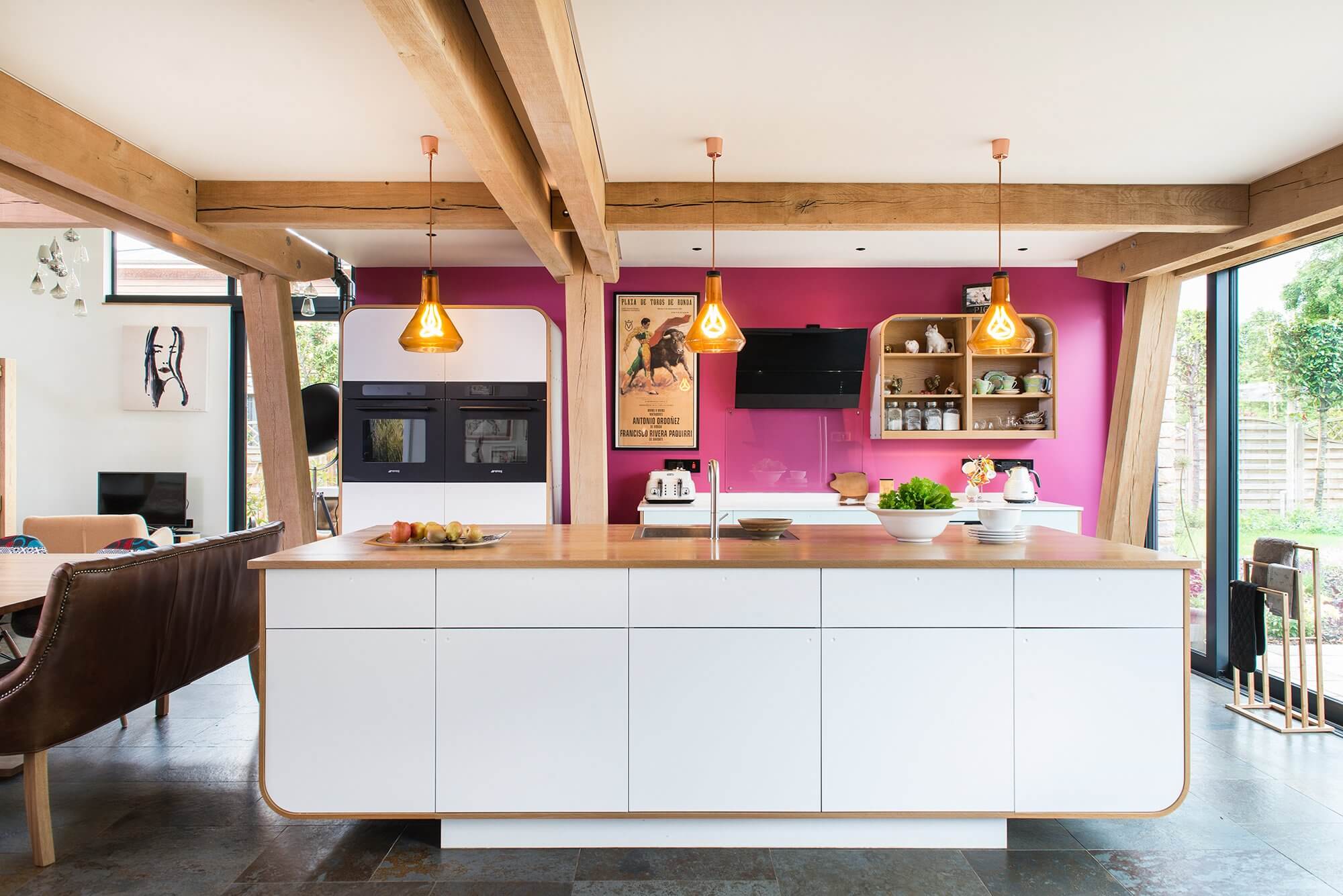
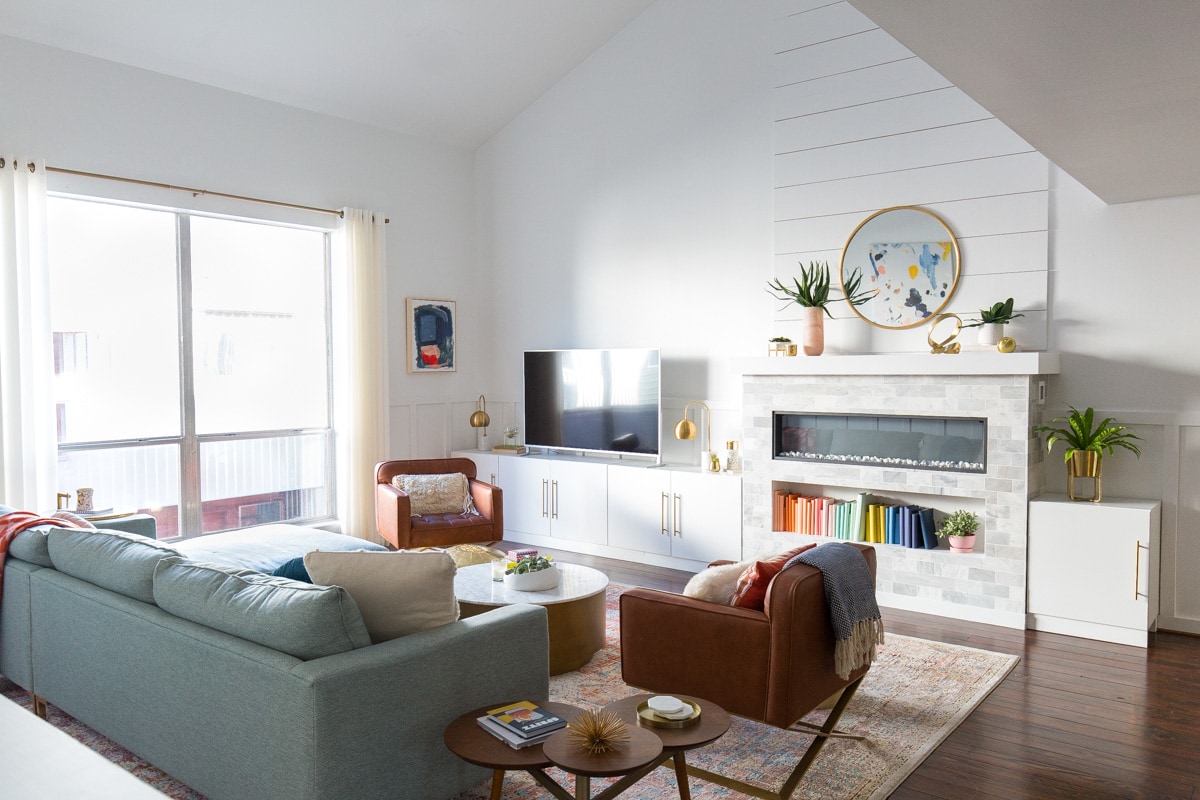
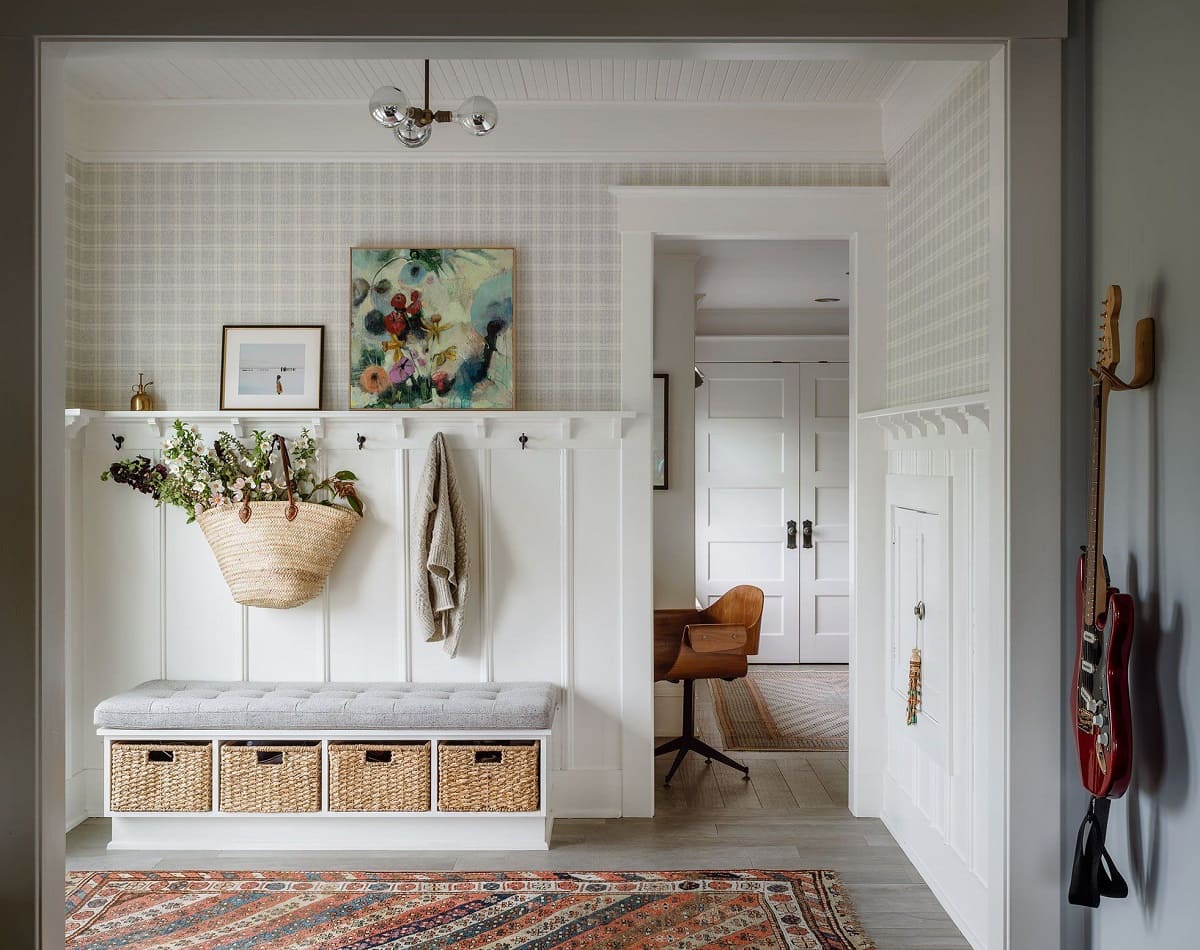

0 thoughts on “15 Wall Paneling Ideas That Add Amazing Character To Any Room”